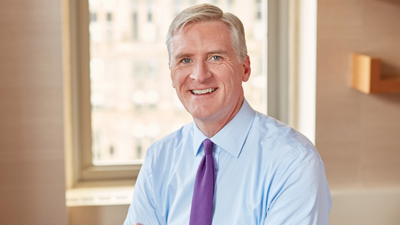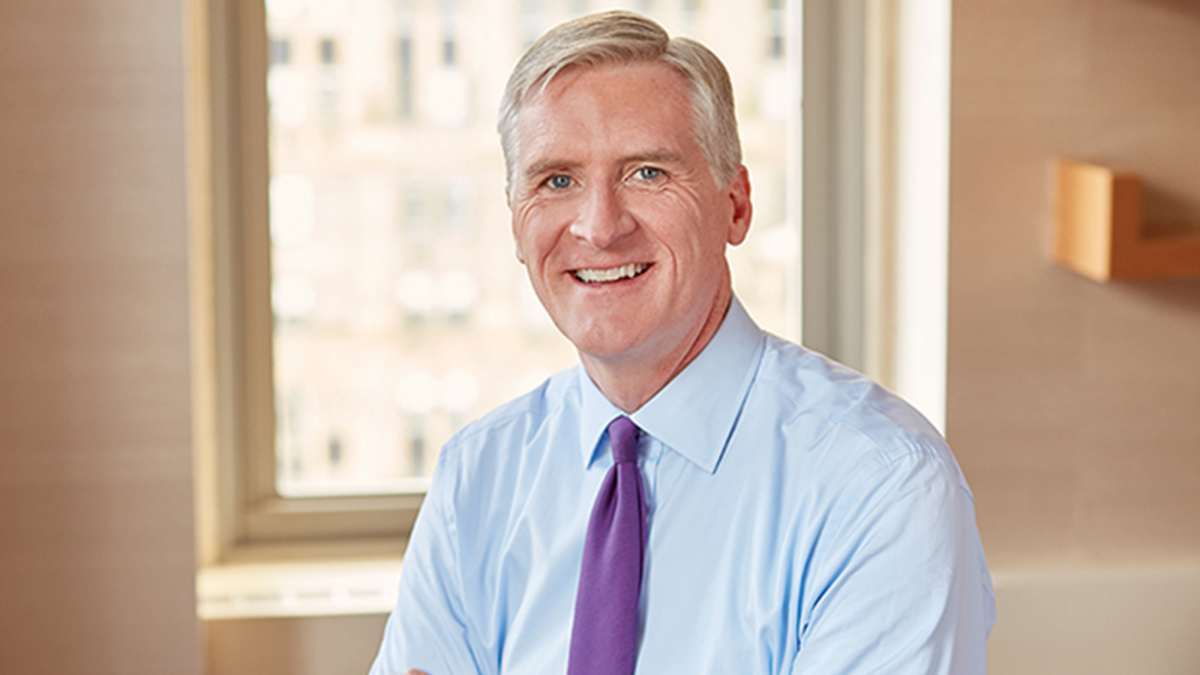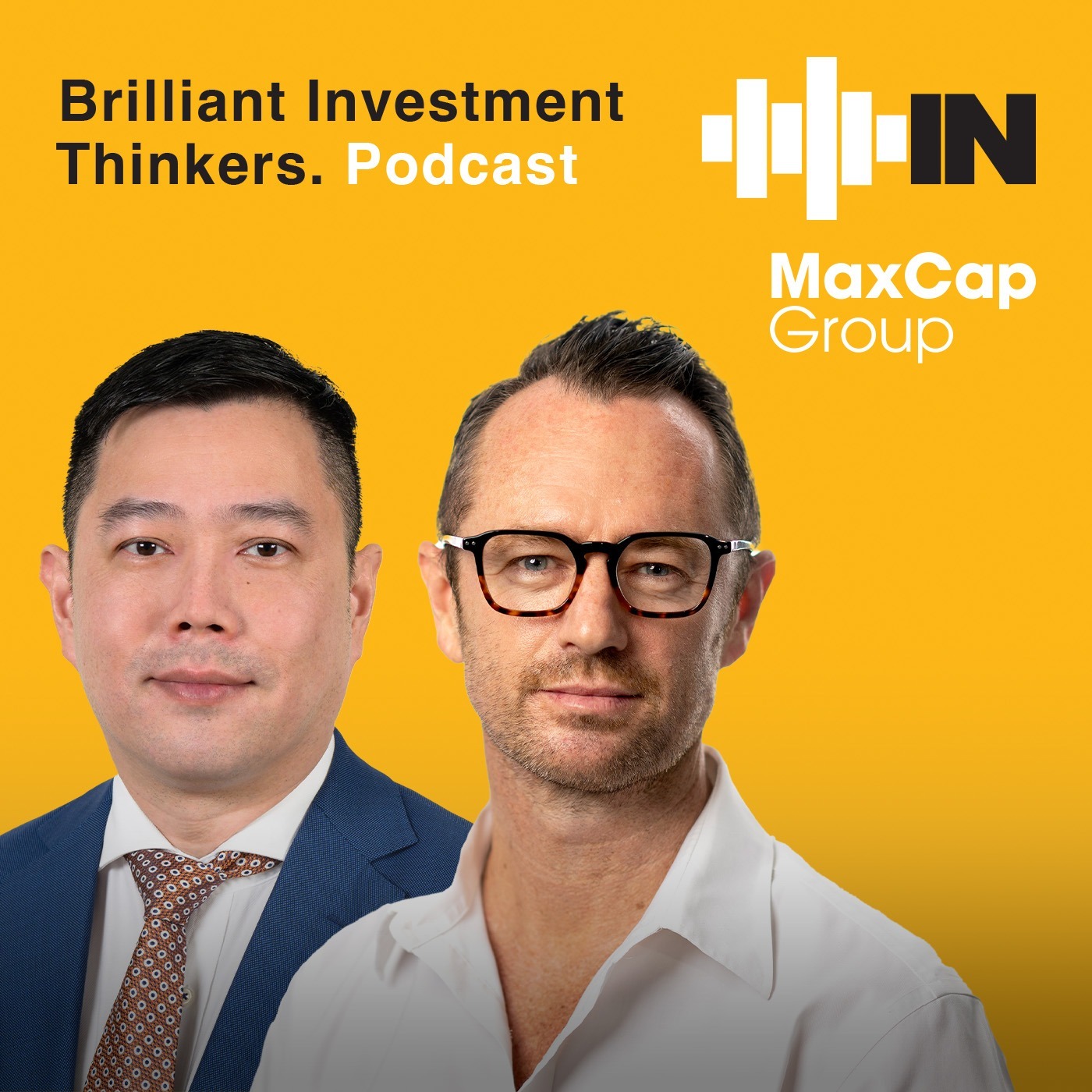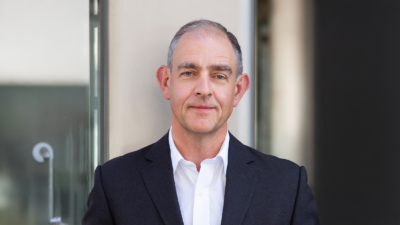In private equity, it’s best to be swimming with the tide
Brisbane-based private equity firm Fortitude Investment Partners knows its niche well. “We focus on the lower mid-market sector of the Australian economy,” Fortitude founding partner Nick Miller told The Inside Network’s recent Alternatives Symposium. “That’s companies with an enterprise value (EV) of sub-$200 million, typically even sub-$100 million EV businesses. It’s an opportunity set of about 70,000 Australian companies, which is a much larger opportunity set than the mid- and large-cap private equity markets, and it’s an area that’s substantially under-penetrated by investment managers,” he said. “It’s a sector that just continues to present us with compelling opportunities to create value.”
As a PE investor specialising in this sector, Miller said Fortitude is swimming with the tide.
There are several ways to explain this force behind the Fortitude team.
“Think about it in terms of cheque size. If you think about the mega funds, the $3 billion-plus funds, they’re looking to deploy $500 million cheques, and then you got the mid-market, which is looking to deploy $100 million to $300 million cheques each deal,” said Miller.
“But in the lower-mid market, we’re looking to invest $10 million to $50 million in a deal. There’s just a huge number of opportunities at that level, because there’s not many PE managers competing there. By concentrating there, we’re giving ourselves a really strong advantage in which to find high-quality businesses – we call them hidden gems – that represent a much larger opportunity today.”
Rather than raising funds, Fortitude invests on a deal-by-deal basis. It focuses on four core investment themes: food and beverage; technology and digitalisation; healthcare; and infrastructure/energy transition.
In the industries where it invests, Miller said Fortitude consistently finds what he calls a “wine glass”-shaped structure. “You’ve typically got a really wide base of ‘mum and dad’ operators, a huge number of businesses earning somewhere in that range of $1 million–$2 million of EBITDA (earnings before interest, tax, depreciation and amortisation). That’s the base of the glass.
“Then, you got a really small and narrow stem, of $2 million to $15 million, up to $30 million EBITDA businesses. And at the top, there’s the glass, which is a big bowl of strategic buyers and private equity buyers as well. Our goal is to invest somewhere in that stem, build our investment up as high as we can, and then it gets sucked-up into the glass, where the larger strategic buyers are. I think it’s much easier to build a business from $5 million to $15 million of earnings – to get a three times number in terms of earnings growth – than it is to go from $15 million to $45 million.”
Moving up the ‘stem,’ the investment naturally builds-up toward a broader buyer set, he said. “And because that buyer set are typically trading on high multiples, can pay much higher multiples for those businesses we’re holding. Those are a lot of reasons why, in the smaller part of the market, you can generate the kind of alpha, that’s been proven out over a number of years.”
To back this, Miller cited data from global investment consultancy Cambridge Associates. “Cambridge has data on private equity in Australia since 1997, and it’s pretty stark: if you look at a cheque size above $50 million or below $50 million in private equity, they’re very different return profiles,” he said.
“For PE investments of more than $50 million, the IRR (internal rate of return) is around 20 per cent a year; below $50 million, it’s in the 30s in terms of per cent a year. I think private equity generates alpha in any portfolio, but within private equity, it’s that lower-mid market where alpha is generated.”
Miller gave the example of Sydney-based company Birch & Waite, which produces mayonnaise, dressings, relishes and specialty condiments, in which Fortitude first invested in 2018, and which was sold to PE firm Quadrant in May 2024. This transaction generated an impressive return for investors, contributing to Fortitude’s overall portfolio gross IRR of over 30 per cent and over three times multiple on invested capital for 2024, taking its total net capital returned to investors to $625 million.
Fortitude is not a passive investor: it is not only the investment capital that goes into this. The firm typically likes to take a stake of between 30 per cent–40 per cent in businesses to which it believes it can add value, because Fortitude requires certain decision-making rights as an investor, to drive the changes it needs to see.
“It’s human and intellectual capital as much as it is the money. The due diligence looks as much at the people as it does the business, and the opportunity. We do due diligence on the management and HR team as part of our process, and part of that is putting a couple of organisational psychologists into the business, to talk to the top executive team. We want to know, are they the right people to want to double or triple the earnings of this business? Part of it is to understand where there’s gaps in the business, and whether and where we need to go and find other executives, but the other part is just to think about, is this a founder, or a team that we want to partner with?”
Once it invests, Fortitude taps its network of about 130 industry experts, to bring to bear any expertise or capability it believes it needs help scale the business. “Over the years we have built up a very wide range of people that we can speak to, that span a broad spectrum of business, that we can tap for advice, or leads on a good chief marketing officer (CMO), or even for involvement, although that is more on the non-executive director side than the executive side,” said Miller.
“A lot of those people open doors, and they attract high-quality people as well. You can really find yourself attracting high-quality people to businesses, because a person might see a good business they want to be a part of, and help build it. That’s a great part of what we do.”











